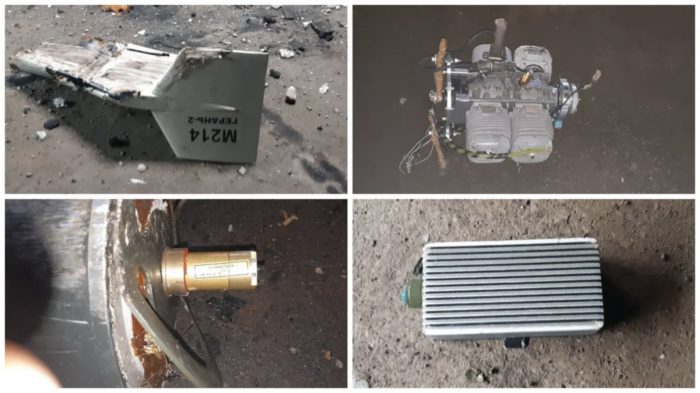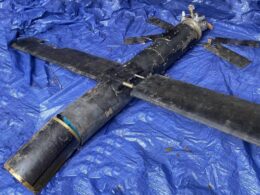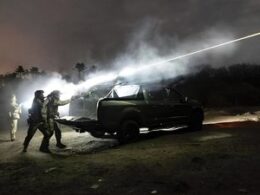Ukrainska Pravda reports, with reference to CNN and Ukrainian intelligence data, that a single Iranian-made Shahed-136 unmanned aerial vehicle (UAV) shot down in the fall of 2022 in Ukraine contained components from at least 13 different US companies.
According to CNN, this is further evidence that despite the sanctions, Iran has access to a vast array of commercially available technologies. 13 different US companies manufactured 40 of the 52 components seized by the Ukrainian investigators. Companies in Canada, Switzerland, Japan, Taiwan, and China manufactured the remaining components.
More than 30 Western components found in Iranian-made Shahed-136 UAVs – investigation
According to Ukrainian intelligence, the drone contained nearly two dozen US-made components made by Texas Instruments, including microcontrollers, voltage regulators, and digital signal controllers. Moreover, the drone included a GPS module made by Hemisphere GNSS, a microprocessor made by NXP USA Inc., and printed circuit board components made by Analog Devices and Onsemi.
Ukrainian intelligence also discovered components manufactured by International Rectifier, now owned by German company Infineon and Swiss company U-Blox.
All companies that responded to CNN's inquiry emphasized that they condemn any unauthorized use of their products. Additionally, they have noted that they are working to combat the diversion and misuse of their semiconductors and other microelectronics.
It appears that sanctioned Iranian companies are successfully circumventing efforts to cut off their supply of critical components and electronics. Iran Aircraft Manufacturing Industries Corporation, the manufacturer of the downed drone, has been subject to US sanctions since 2008.
According to CNN, Ukraine provided the US with information regarding the components used in Iranian drones at the end of 2022. However, the channel adds that the possibilities of combating the unauthorized use of electronics are limited.
The US has imposed export control restrictions and sanctions for years to prevent Iran from acquiring high-tech materials. US officials are now considering tightening these sanctions by encouraging companies to monitor their supply chains better. Additionally, companies are encouraged to identify third-party distributors who resell their products illegally.
There is no evidence that any of the companies whose components were found in Shahed-136 are exporting their technology to Iran in violation of US sanctions. Even if many companies pledge to increase monitoring, manufacturers frequently find it difficult to control where these widespread components end up on the global market.
In November, the US imposed new sanctions on individuals and organizations producing or transferring Iranian drones to Russia.
Read also:
Ukrainian analysis identifies Western supply chain behind Iran’s Mohajer-6, Shahed-136 drones – WSJ
Ukrainian relays supplied to Russia up to 2016 found in Iranian kamikaze drones – investigation





